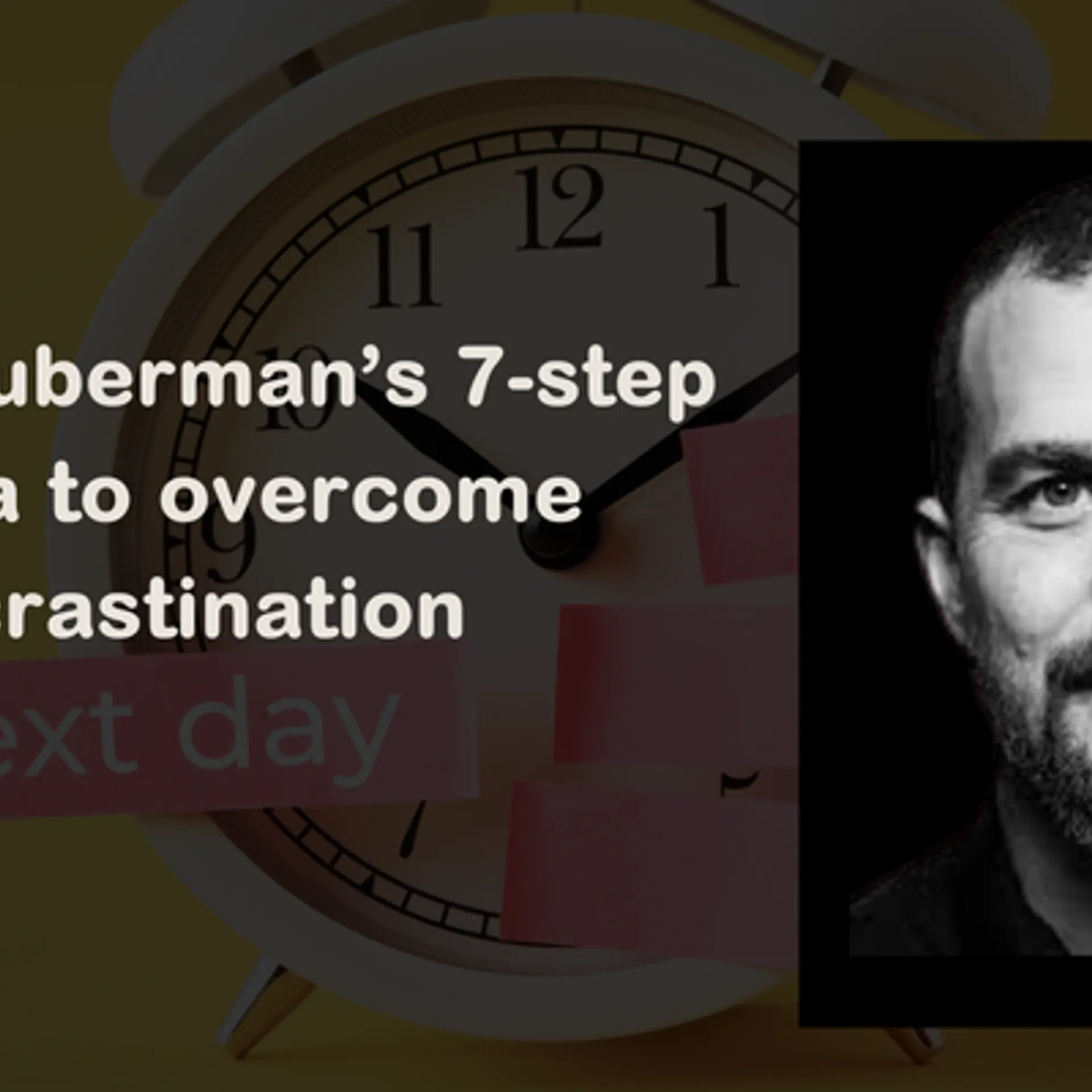Changing the Face of Public Health: Click Diagnostics
This winter, through the gracious support of the Social Equity Venture Fund (S.E.VEN), I will be working in Cairo, Egypt with Click Diagnostics, a mobile tele-health social enterprise venture that recently won the $100K Entrepreneurship Competition hosted yearly at MIT. As mentioned in previous posts relating to cellphones and development, mobile technology seems to be the next frontier in terms of poverty alleviation. In this case, the focus is on the delivery of high-quality, affordable healthcare to rural populations in developing countries.
Currently, the organization is in the start-up stage, and is piloting its implementation model in several areas, including Egypt. For the benefit of those who would like to learn more about Click Diagnostics’ for-profit model, a more detailed description follows:
The Need: The confluence of four critical factors has led to what Click Diagnostics believes is a global health mandate – 1) a severe scarcity of doctors in rural areas, 2) the relative abundance of medical expertise in urban areas, 3) the presence of trainable community health workers and local-level micro-entrepreneurs, and 4) the rapid penetration of relatively inexpensive mobile technology into the markets of developing countries.
The Model: Click Diagnostics employs a mobile tele-health model to connect locally trained community health workers with a remote, web-based network of medical specialists. Through the integration of inexpensive technology, locally trained community health workers, and remote medical expertise, Click Diagnostics aims to provide a sophisticated end-to-end healthcare service delivery chain for “remote diagnosis and consultation, health risks screening, early warning systems, and health data analysis.”
The Vision: Click Diagnostics aims to “provide quality medical advice to every household in disadvantaged regions of the world at an affordable price, and develop cost-effective solutions for gathering critical data needed for planning and executing public health interventions.”






